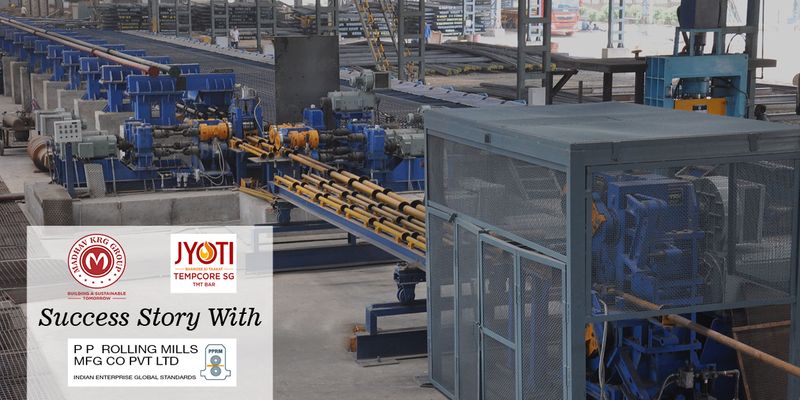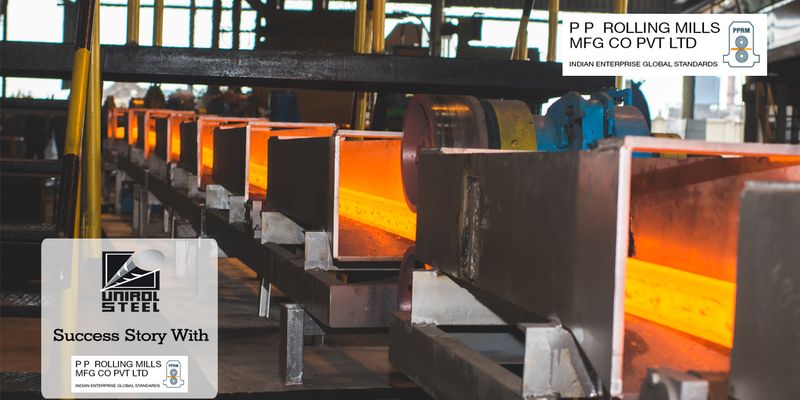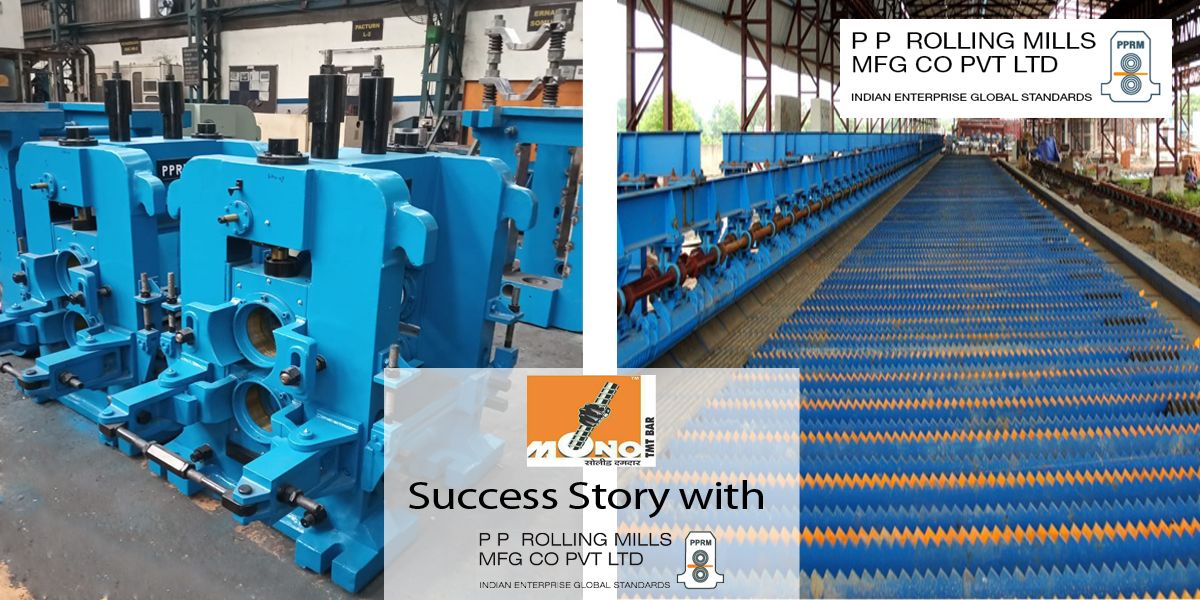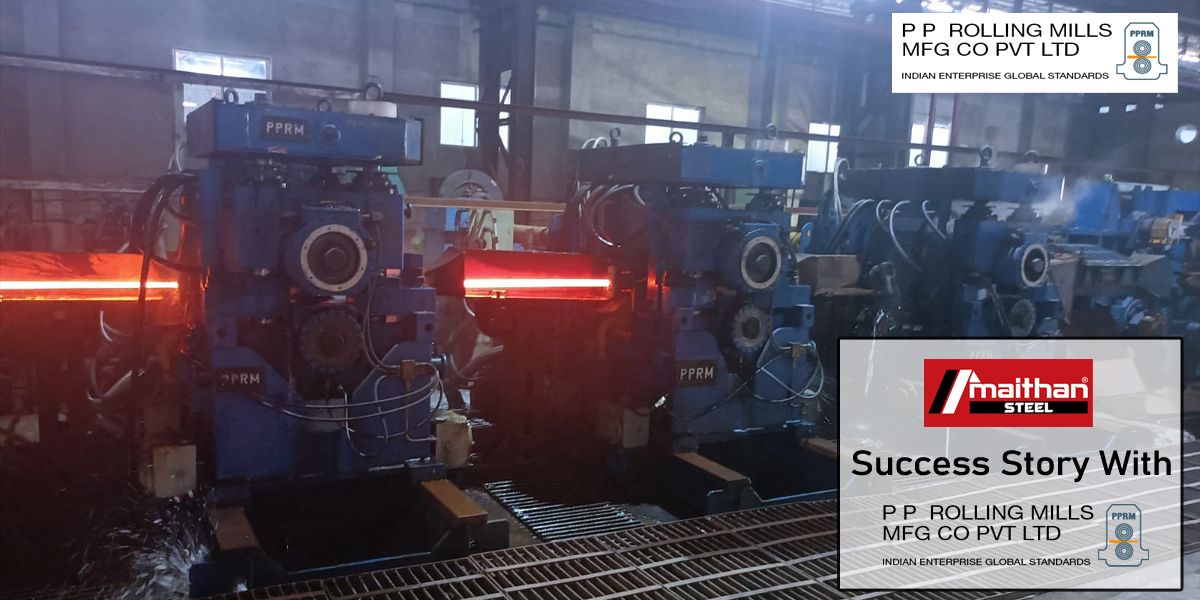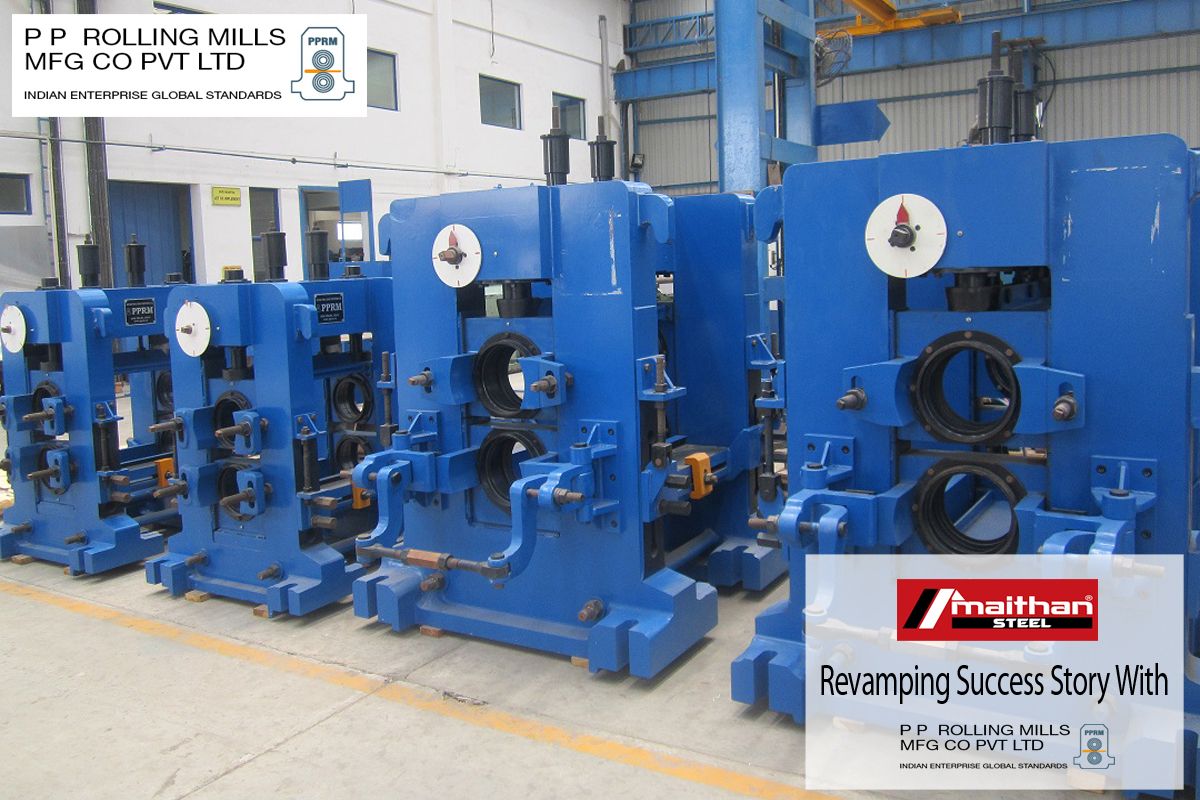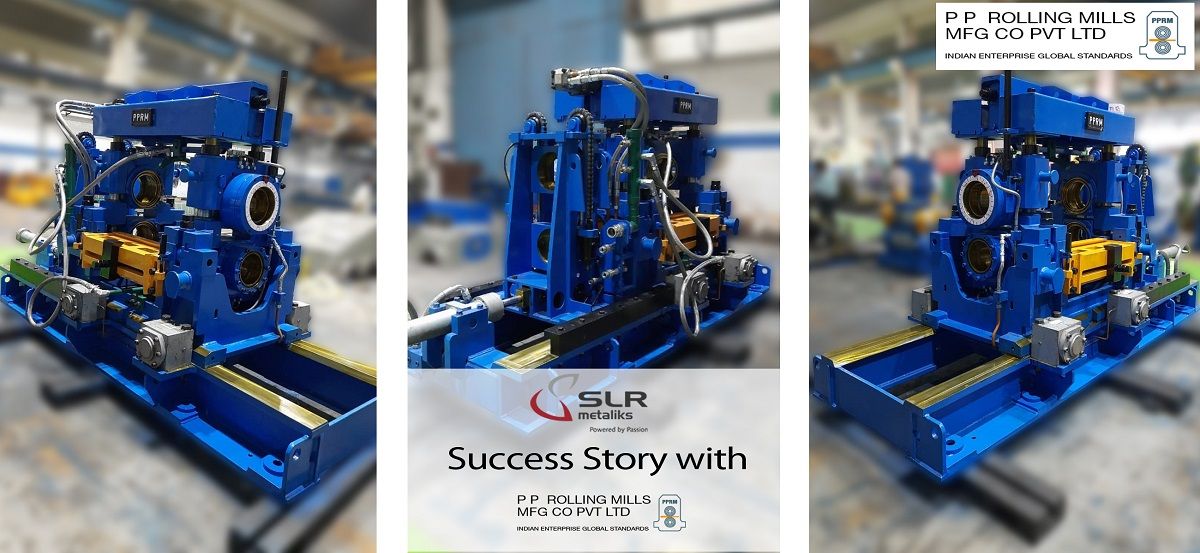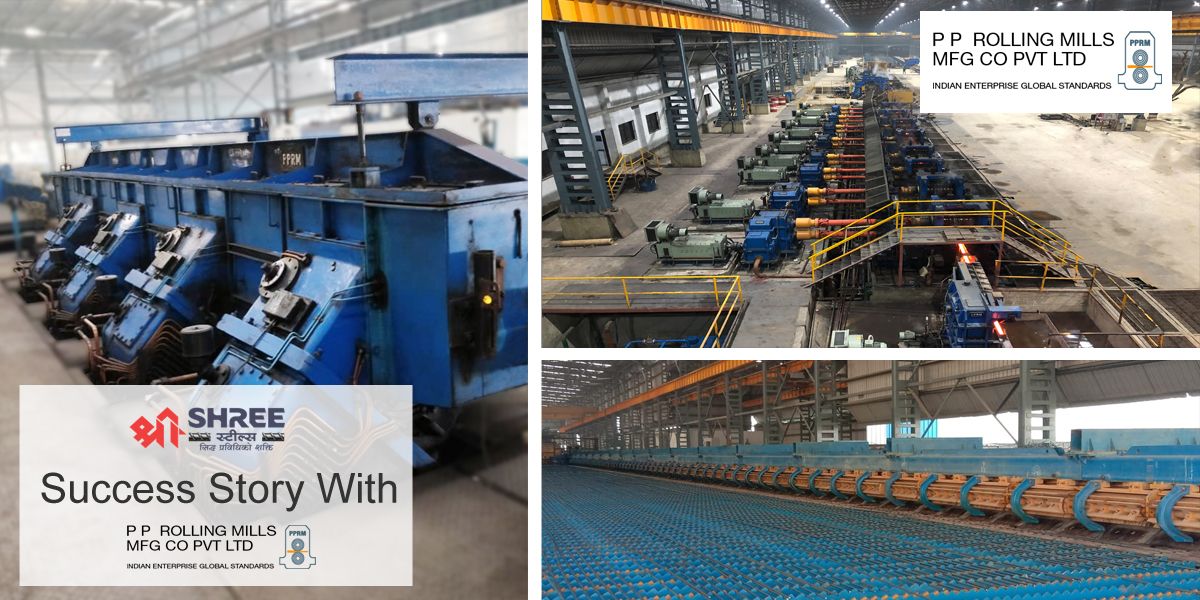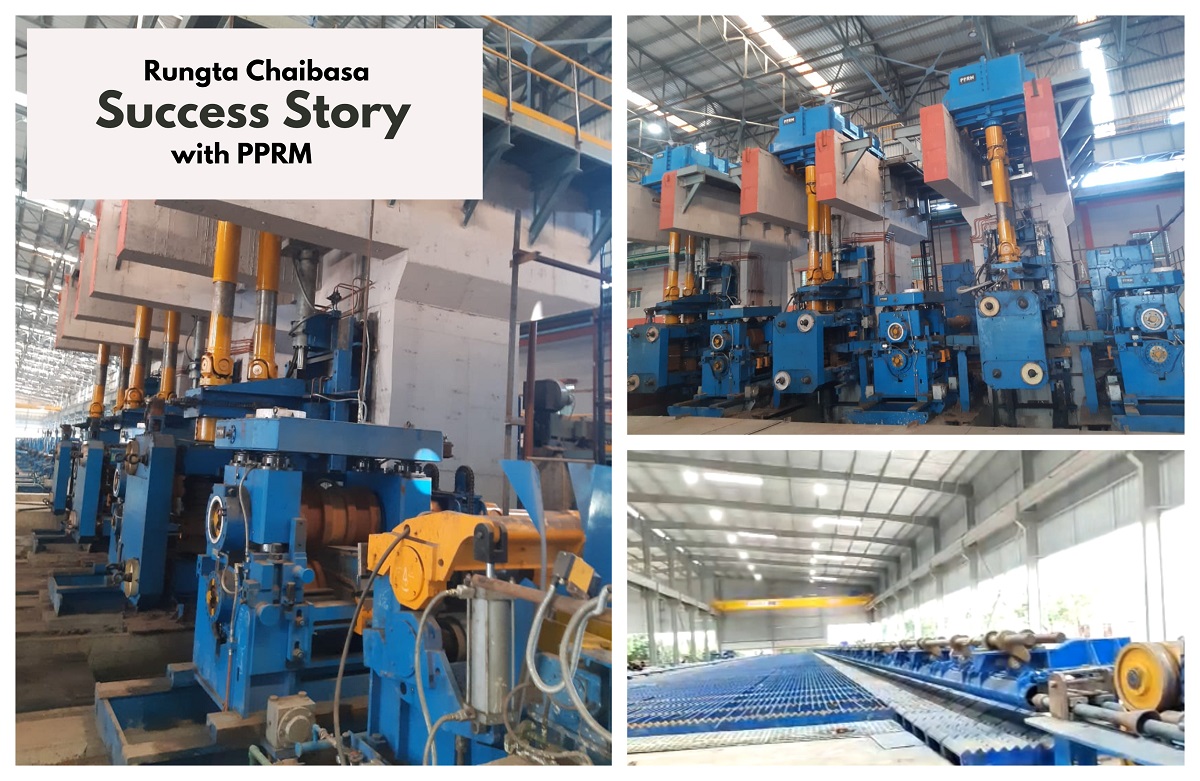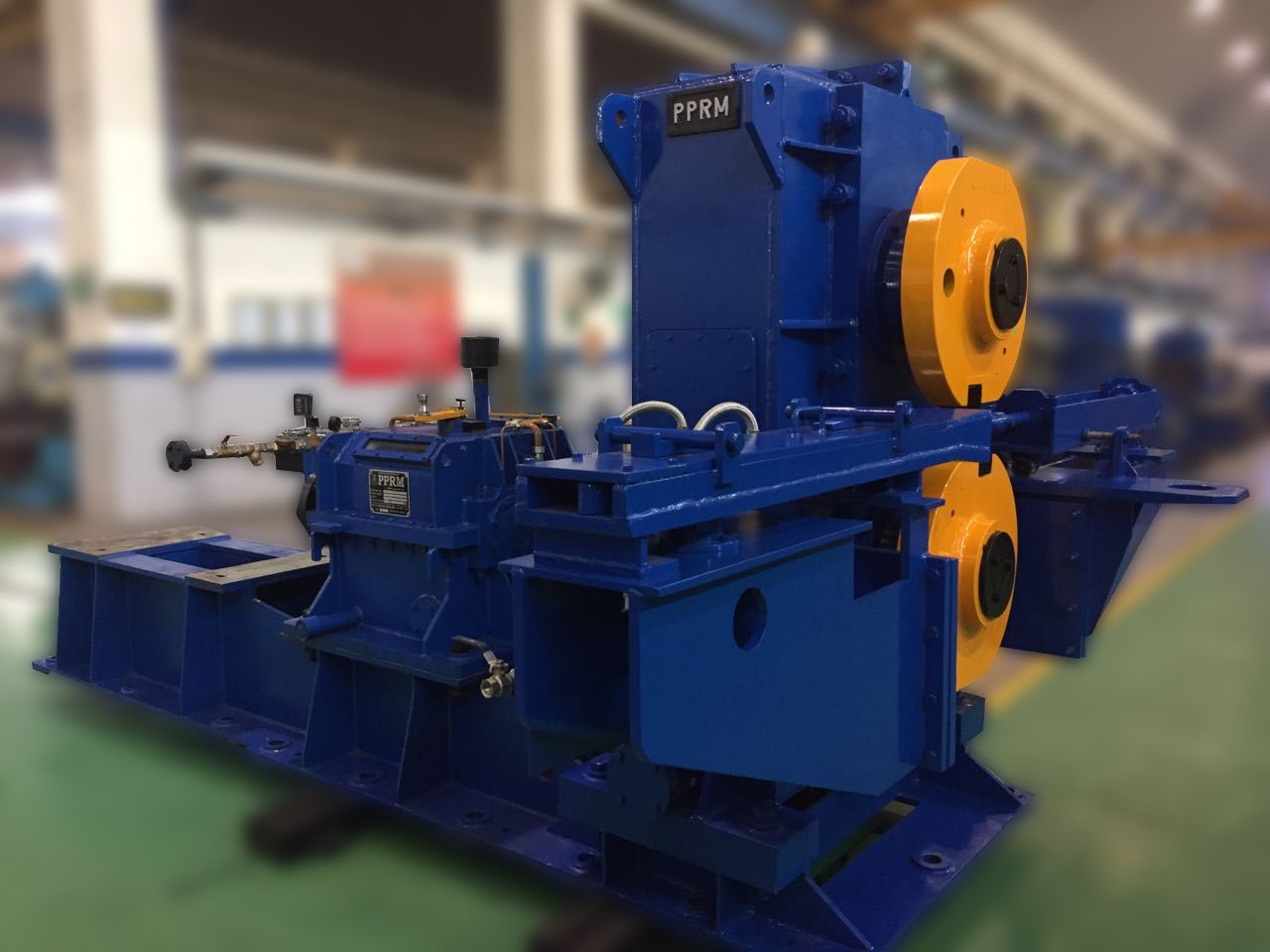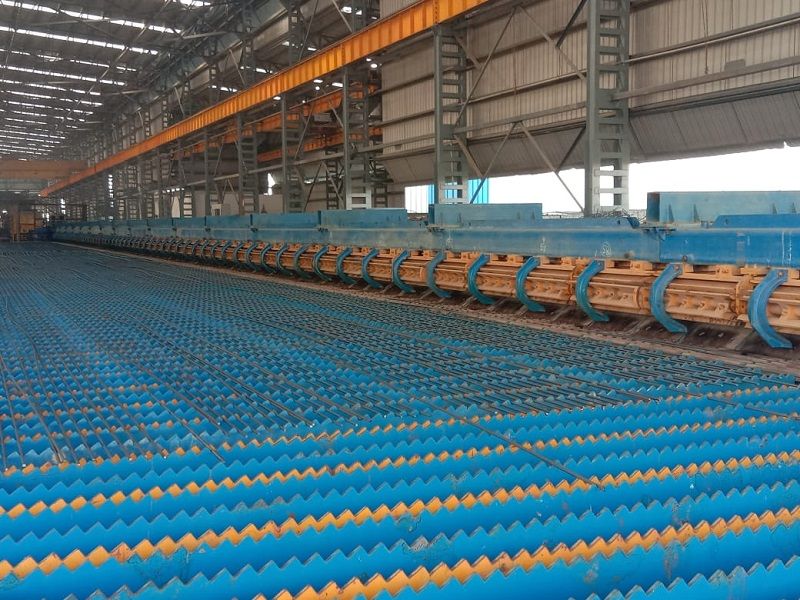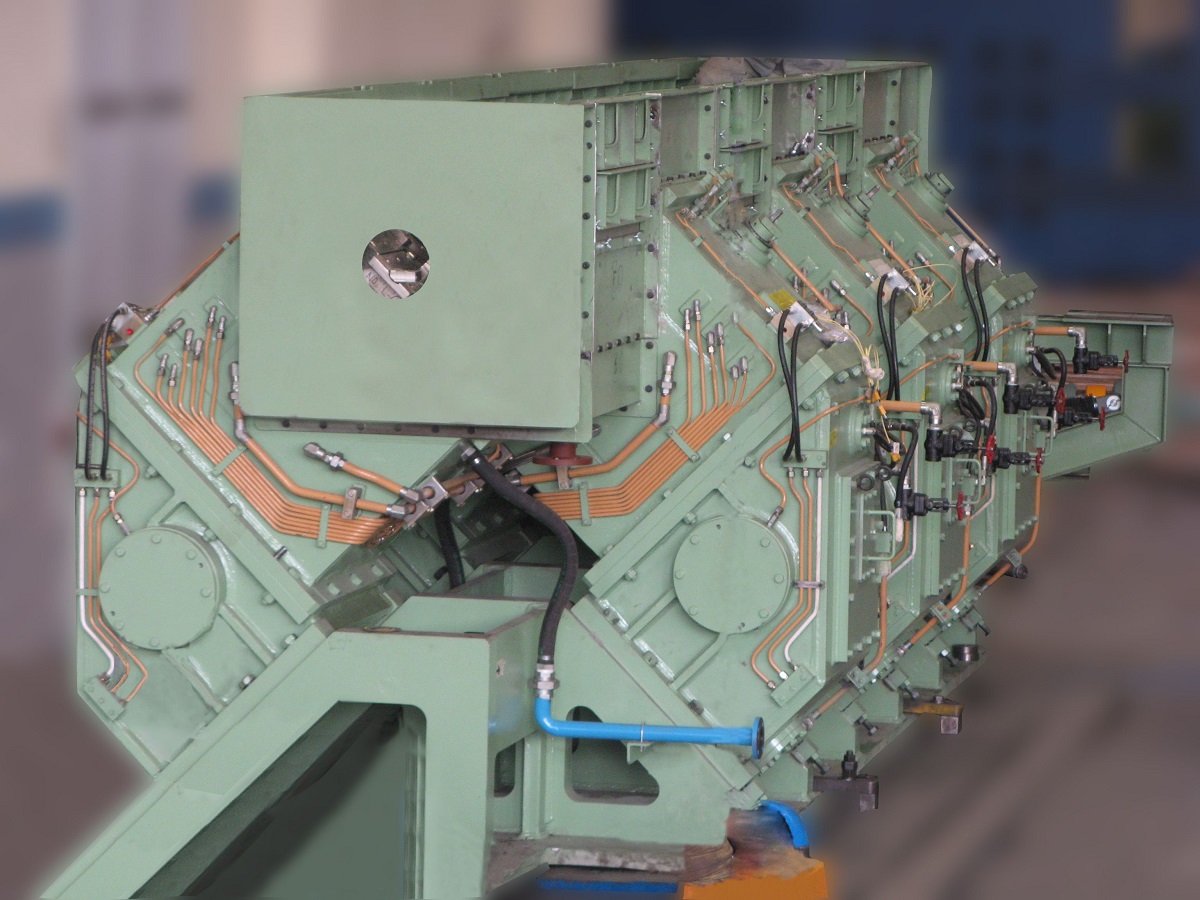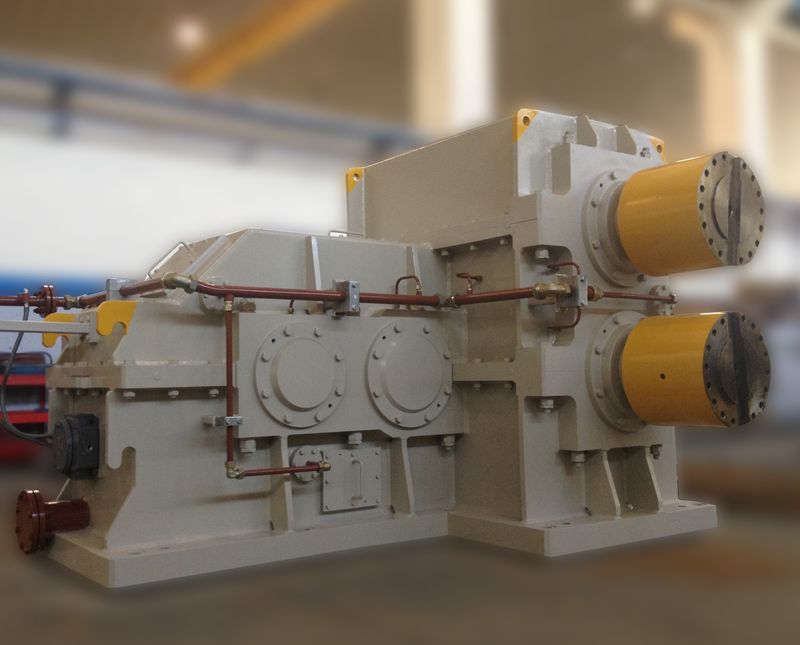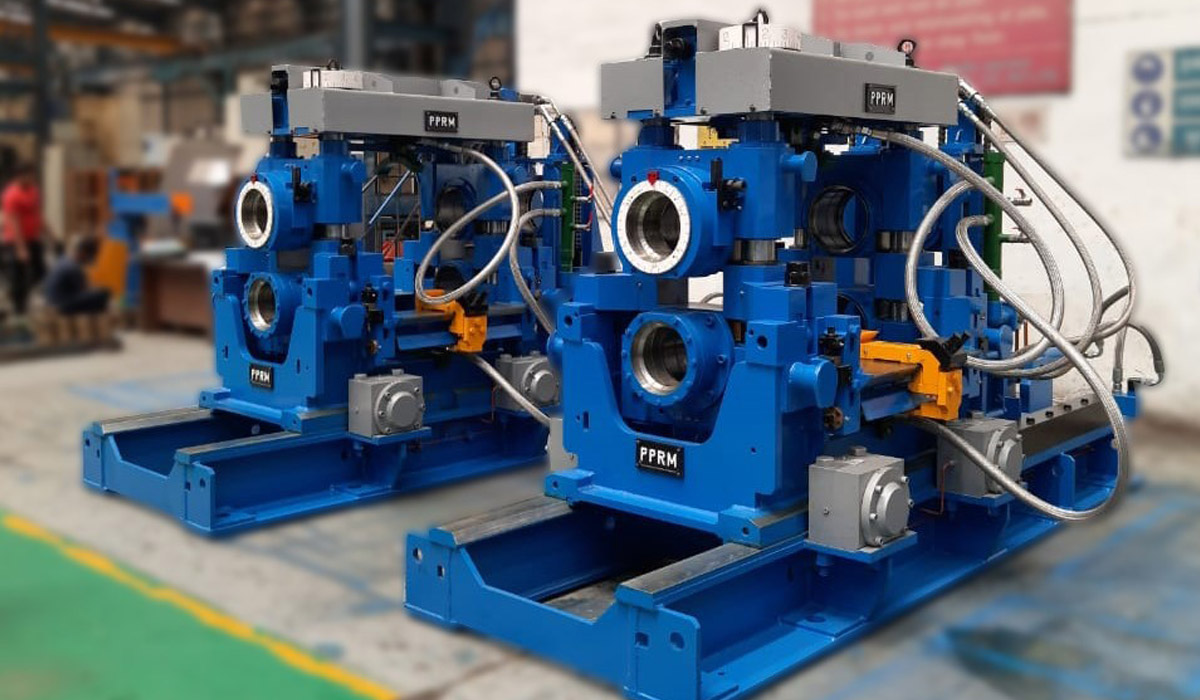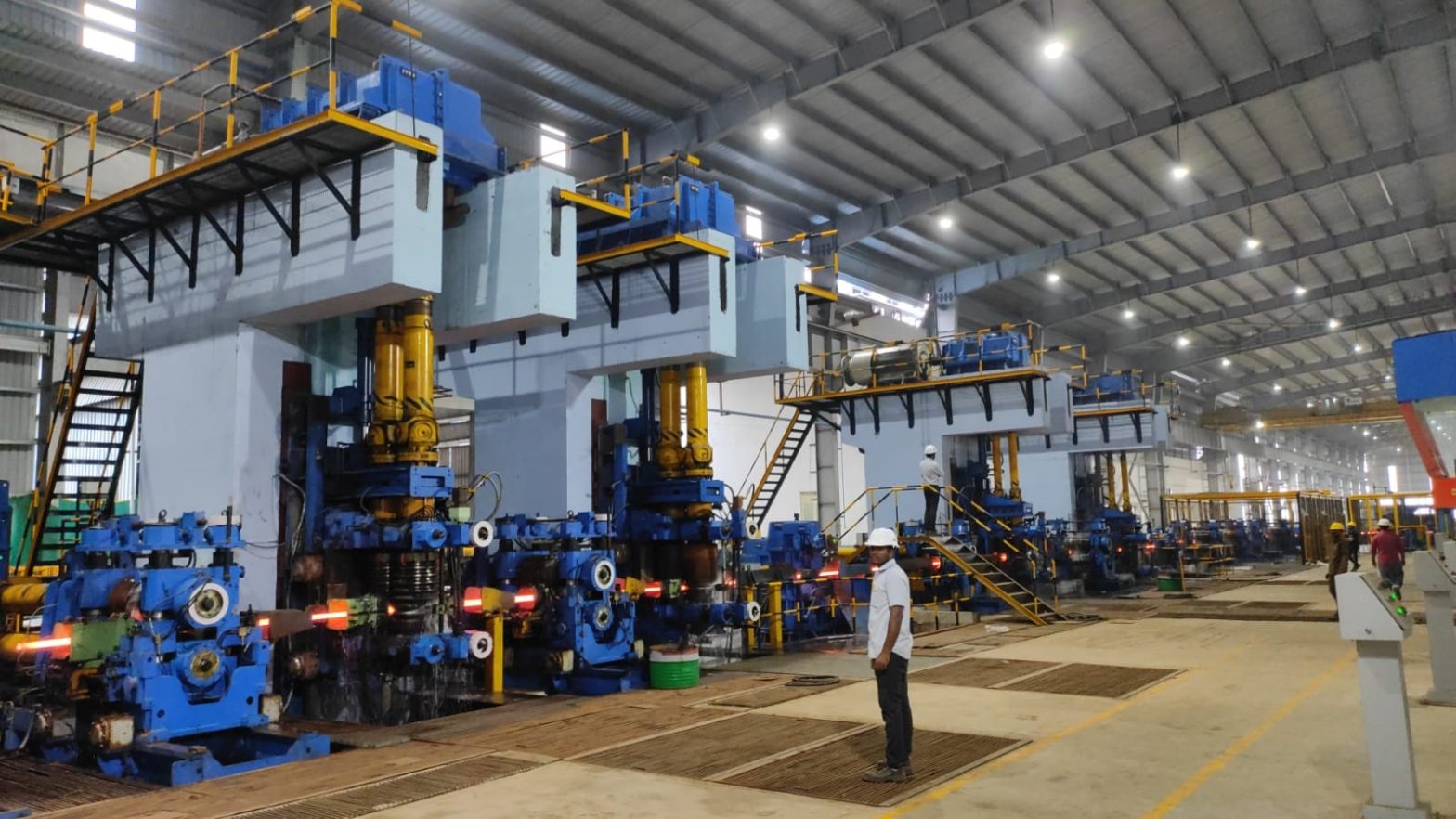
Unravel the world of a Rolling Mill as we take you behind the scenes to understand more about this machinery that is so crucial for the manufacturing industry.
In the metal manufacturing industry, Rolling is a method that reduces the thickness of the metal while making sure it is consistent throughout. To explore deeper into rolling, let’s understand more about its nature, the key role played by a Rolling Mill, and the intricate knowledge about this process that is vital.
At its core, rolling is a crucial metal-forming process that deforms metal stock through a series of rolls. The rolling mill rolls put the metal under pressure, making it bend and reduce in thickness while remaining uniform. There are two major types of rolling:
With hot rolling, the tonnage is the maximum as compared to any other manufacturing process and the cold rolling process has the most out of all the cold working processes.
The roots of rolling mills start from the pages of history where the early variations of the idea can be traced back to the ingenious mind of Leonardo da Vinci. From the Middle East to Europe, rolling mills have significantly contributed to humanity’s entire history. Whether old-fashioned slitting mills or today’s industrial colossuses, the fundamental principles have been unchanged – to shape metal with accuracy and elegance.
The rolling mill was built to perform the complicated movements of the metal reshaping process. It is a machine that manages the process of reduction of the thickness of metal plates without compromising their integrity. Unlike other procedures, a rolling mill does not allow any material waste—each metal atom is moved to the precise needed outcome. These mills can be modified to suit individual preferences with the addition of special tooling, which may introduce detailed patterns or grooves on the metal.
Rolling mills need at least two rollers to roll. The set of rotating rollers hold the metal and move it forward. It is then squeezed through an aperture that is smaller than its starting thickness. The rolls create strips with a final thickness less than the starting thickness. The rolls likewise work like the draw dies or swager dies in that they decrease the size of the material as they do not produce any material loss or scrap. On the other hand, adjustability of the roll gap leads to running the different thickness reductions using one set of tooling. A rolling mill is perfect for controlling the thickness of multiple strips of different thicknesses. An operator is in direct control of the process and can make adjustments in production.
Madhav KRG was Setup with Latest High Speed Slitting Technology Supplied by PPRM
In the intricate world of metalworking, rolling mills have become indispensable champions of accuracy and effectiveness. From shaping steel sheets to the creation of complex patterns, a rolling mill is a perfect example of the combination of art and science in the field of metallurgy.

